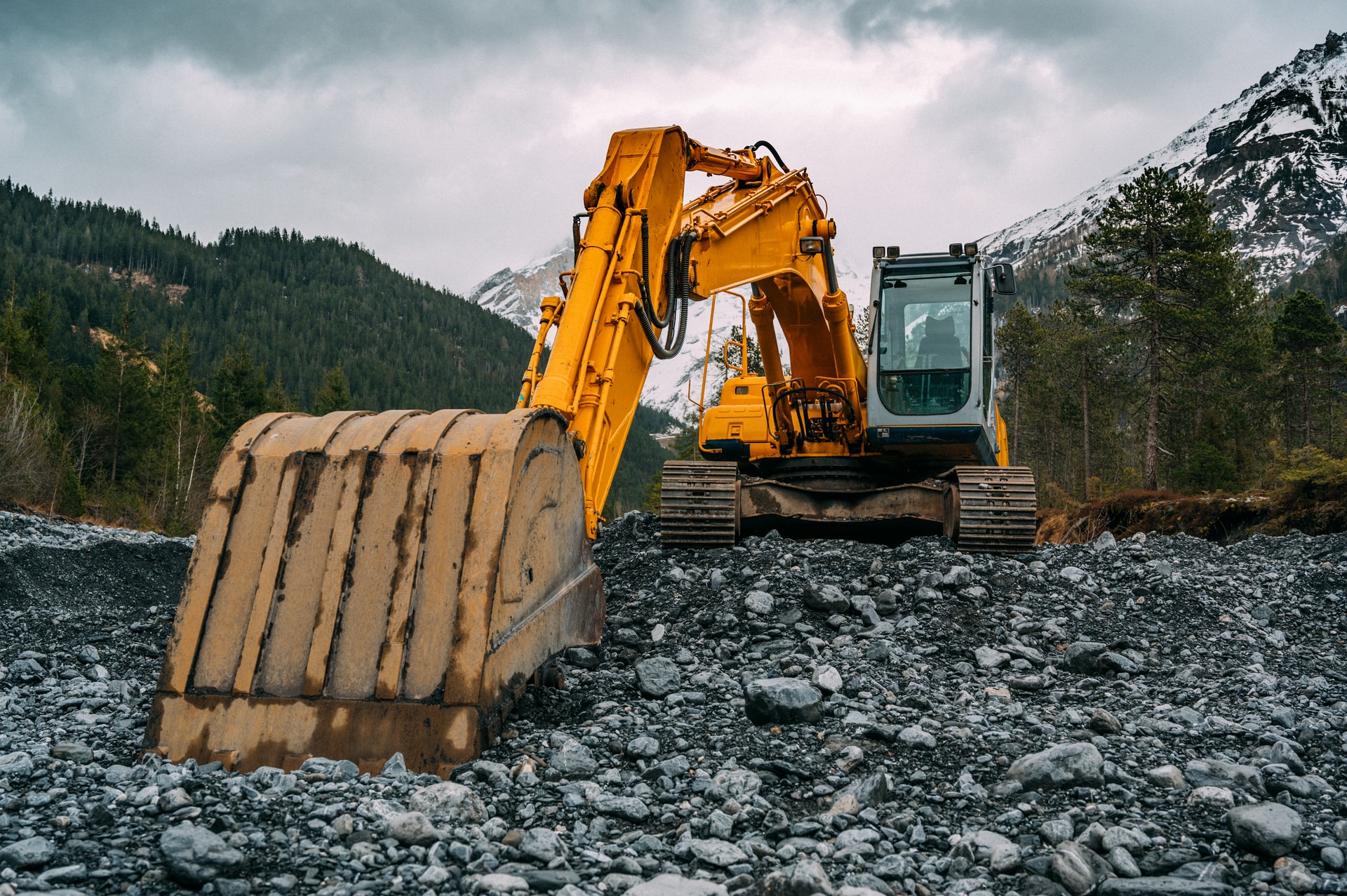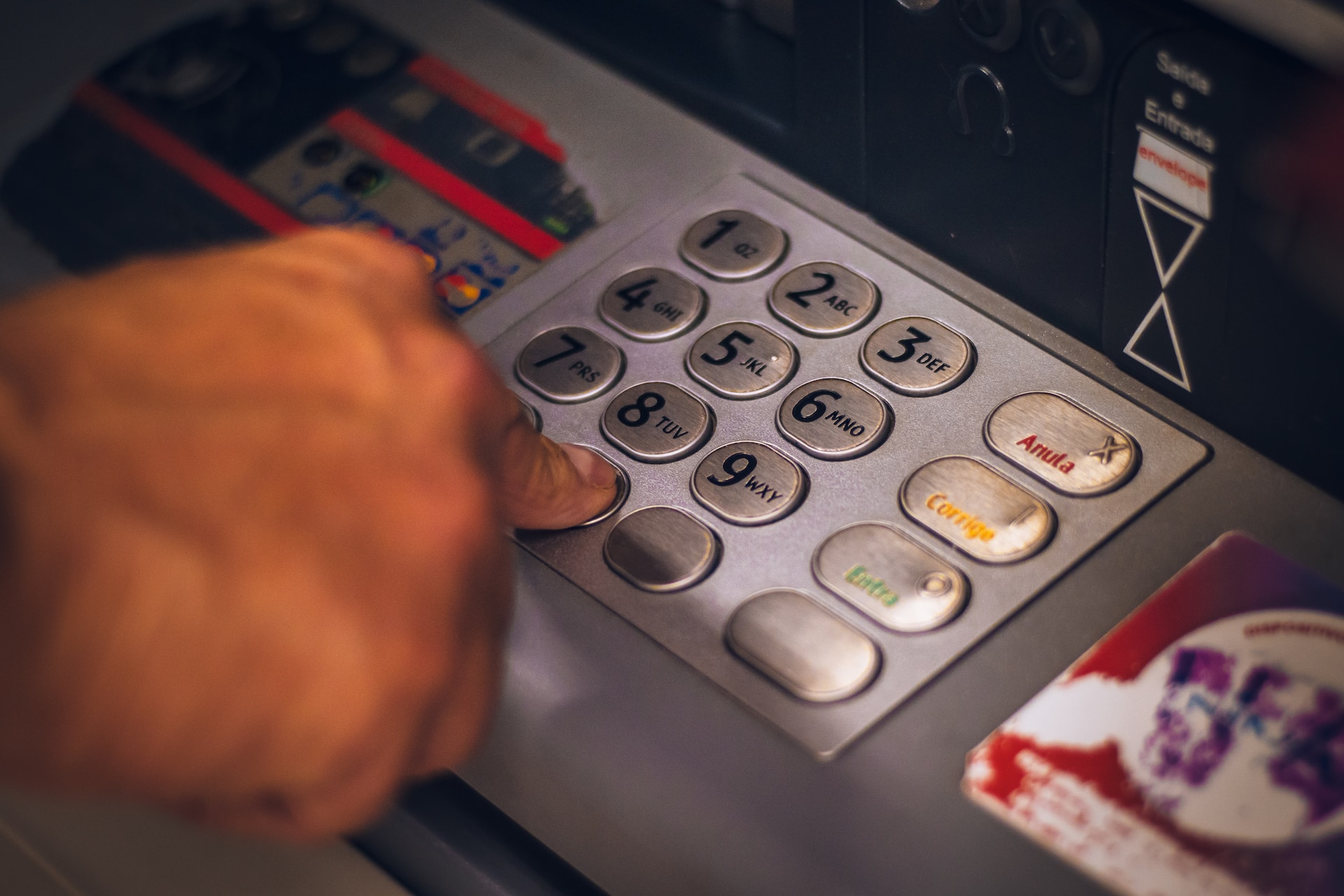Safety Tips for Mini Excavator Operator

Versatile, efficient, cost-saving – a mini excavator is an ideal piece of equipment for all the demolition and construction jobs.
They are lighter and smaller than a standard excavator and do an ideal job, especially in small, crowded spaces due to their compact sizing.
The mini structure also prevents the machinery from possible damage from intensive construction work. The mini excavator will likely last longer and require less maintenance with less wear and tear.
While mini excavators are durable and offer excellent performance, their productivity relies on the operator’s safety.
Here are 6 quick safety tips that every excavator operator must keep in mind while on the job site.
-
Use Personal Protective Guard
A mechanical job involving heavy equipment like an excavator requires double general safety. Operators should use the best personal protective equipment (PPE) for their safety.
Don a durable vest that will make it easy to notice. Put on stable work boots to safely help you through a hard day’s work. Wearing tinted safety glasses helps to protect your eyes from possible damage during work.
If some work specifically involves rigorous hand movements, wear safety gloves. Ear protection is a must to safeguard your ears from harsh noises.
-
Seat Belt is a Must
An excavator will not have the car’s speed, but seat belts are still significant. If the machinery gets overturned during an accident or collides with something rigid, you will be well-protected.
-
Make Use of Camera Feature
Some mini excavators come installed with a camera which adds to the safety level of the machinery. You can catch a quick close-up of whatever’s happening behind the excavator and also get a wide-angled view when needed.
With a well-rounded view of the area around the excavator, the chance to hit any object or run over anyone gets minimised.
-
Three-Point Contact with Excavator
At any given point, it’s advisable to maintain three points of contact with the machine. These three contact points can include a hand and both feet or a foot and both hands.
With three contact points, you will maintain a stable footing and avoid unnecessary falls and slips.
-
Say Yes to the Safety Interlock
An excavator is usually installed with a safety interlock that helps you avoid bumping against the lever. If you accidentally move the excavator, it would cause grave bodily injury.
The safety interlock locks the excavator parts, giving you more space and safety to get in and out of the machine.
-
Position the Excavator Blade Properly
If your excavator blade is not set in place correctly, it can create issues regarding safety and balance.
The blade of an excavator, which weighs 8 tons, should be in the front. If the mini excavator weighs less than 3 tons, keep the blade behind since it creates a solid grip on Earth and ensures better stability. On the front, it can risk the machine tipping backward.
Wrapping Up
The construction industry requires a lot of precision and care; otherwise, the injuries can be disastrous. The construction industry has the third-highest number of fatal accidents.
Excavators are as good and safe as the one who runs them. So, wear protective gear, utilise a seat belt and safety interlock, use the camera for a complete view, ensure 3-points contact and be mindful of the excavator blade.
These safety tips will keep the operator safe and sound while keeping the project well on track.



































